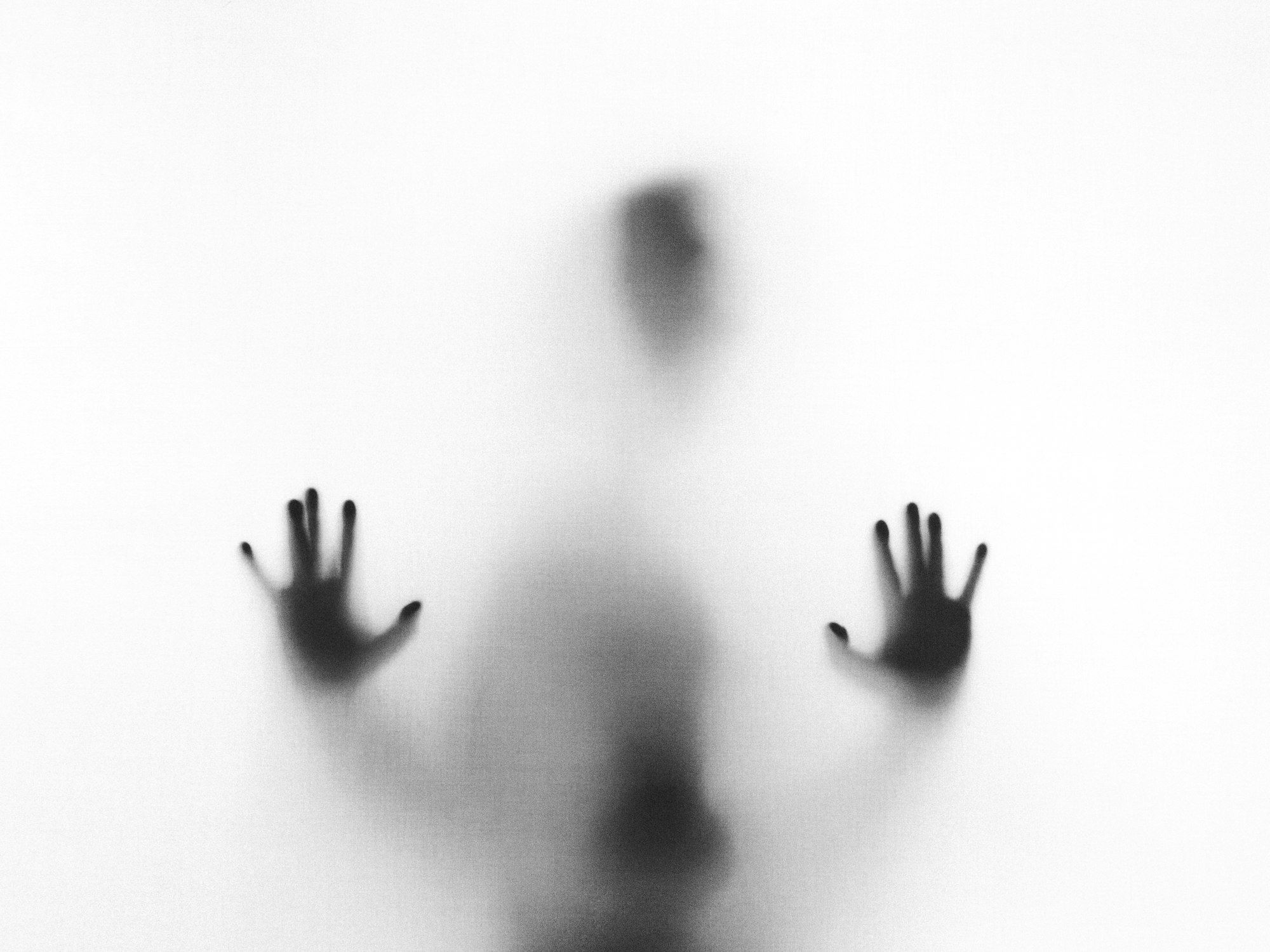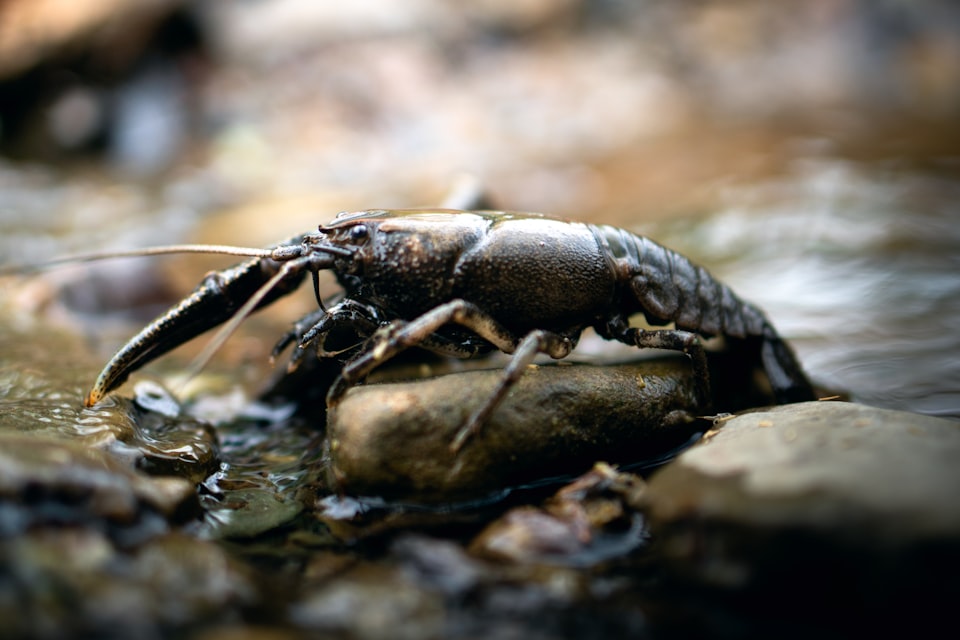V: Goose
Who migrates more, geese or people?

Good morning. Today is quintidi, the 5th of Brumaire, Year CCXXXI. We celebrate l'oie, a waterfowl with personality to spare.
Growing up, I always believed the Canada goose was part of the tick-tock of nature's annual clock, passing through my hometown in Colorado every fall and spring as they sought warmth and safety, respectively. The fluid "V" of a migratory gaggle was a common sight each equinox, and a pond nearby my neighborhood would become overrun with geese – and their excrement – as they waited for the next weather cue to move on.
Geese migrate south to keep from freezing to death, and north to raise their young where predators are scarce, and I took for granted that this pattern was so baked in that it was immutable. As long as there are geese, there are migrations.
But something happened in the last 20 years or so. The geese aren't flying as much anymore. Their migration wasn't an ordained instinct, but a year-by-year fraught decision. Now there are geese who fly, and geese who don't. When they land in the same spot, tempers flare, honks resound, and wings flap.



